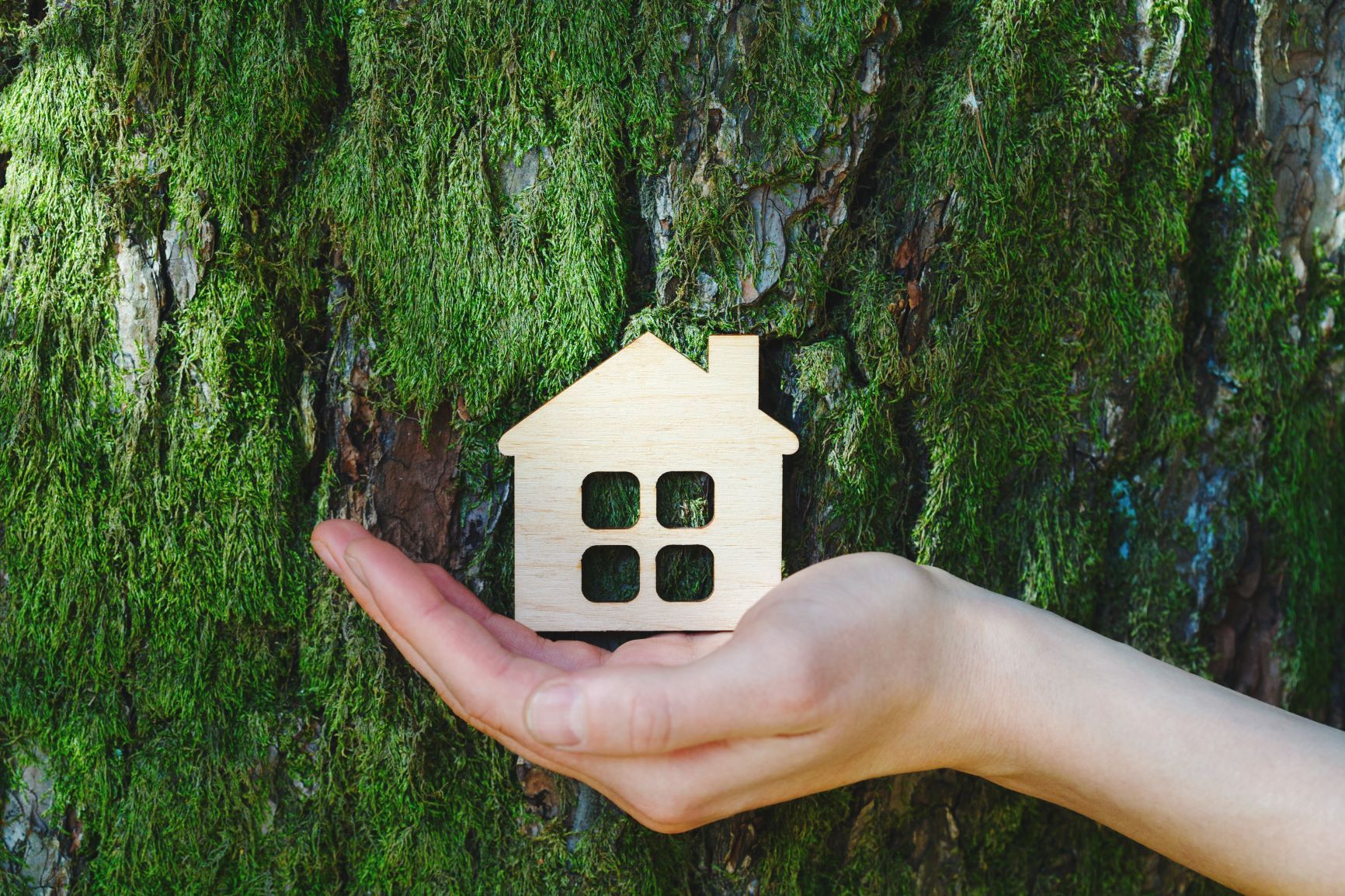I don’t know about you but when I am away on holiday, which unfortunately is not on the cards anytime soon, I always look forward to coming home. That feeling of cosying up with the cats and having some me time. Just lovely! So, it is interesting to read that the Centre for Ageing Better say that “our homes play a leading role in our health and wellbeing.” But, just how healthy are our homes and what can we do to improve them?
Looking around our homes there are plenty of things that can compromise our health, and it’s not just physical issues like draughts it is also what we decorate and fill it with, from carpets, curtains to those cosy, indulgent settees, and beds. Paints can release solvents like xylene, glycol and benzene; furnishings can emit gases like formaldehyde that can cause irritation and bring on allergies. Then there are the microscopic nasties such as dust, bacteria and other allergens that get absorbed daily by our fabrics, carpets and mattresses. Our general environment, such as poor lighting, damp and draughts are clearly another set of issues that can cause several issues such as headaches, nausea, respiratory illnesses as well as impacting on our mental health, including potentially contributing to seasonal affective disorder (SAD).
Given that we can spend up to 80% of our time living and working inside what can we do to make things healthier for ourselves. Well, the good news is, we can do plenty and it does not have to cost the earth.
So, just what are the sort of things we can do to improve our lot:
Firstly, sort out those draughts. Whether that is getting in some expert help or making your own draught excluders. Heavy curtains across doorways and windows help, though at the end of the day it is still best to try and tackle the root cause as soon as you are able.
Whilst dealing with draughts is important, it is also good to air your homes, depending on your outdoor environment, at least once a day for 10 to 20 minutes, this helps to rid your home of some of the toxins that may have built up and as we have learnt during lockdown it can help to reduce other contaminants, such as bacteria and viruses.
We also need to be mindful of the cleaning products that we are using, whilst the chemical products are incredibly effective, they can also release toxins into the air, another reason for good ventilation. However, the best way forward is to try to use eco products wherever possible, even making your own, for example you can make an all-purpose cleaner using vinegar, baking soda, and water; or a citrus degreaser using white wine vinegar and lemon juice. You will be amazed how a little goes a long way.
If you can, try to get your hands on daylight bulbs which can be helpful if you are suffering from SAD. Also, if you do have any fluorescent bulbs, then it is a good opportunity to remove them, if possible, as they are said to be a potential cause of nausea, headaches and depression.
Another great tip is to fill your house with plants, though I do hope you have more luck than me in keeping them alive. The RHS say the following on their website “There is an ongoing discussion about the types and numbers of plants needed in homes to achieve health benefits. However, the greater the number of plants used, the more likely the benefit to air quality and overall well-being.” They go on to discuss some of the houseplants they believe help and which are normally not expensive and are easy to maintain, such as: the Madagascar dragon tree, Spider plants, rubber plants, Peace Lily, Bamboo Palm and English Ivy. For more inspiration go and visit their website which we have attached in our page links.
The next tip is not only good for you, but it can also help your wallet. Whenever possible minimise the use of electrical appliances. If you switch them off when not in use you not only are doing your bit for the environment, and your wallet but you are minimising your exposure to electromagnetic radiation that is said to potentially cause anxiety, high blood pressure and insomnia.
Natural fabrics, such as cottons, wool and sisal are great for the home as are natural woods – though take care when using MDF and fibreboard as again they can potentially emit volatile compounds. When they first arrive ventilate your rooms well. By the way you should do the same with dry cleaning. If you can.
So go on boldies, give it a go and let’s turn our homes into healthy havens.
